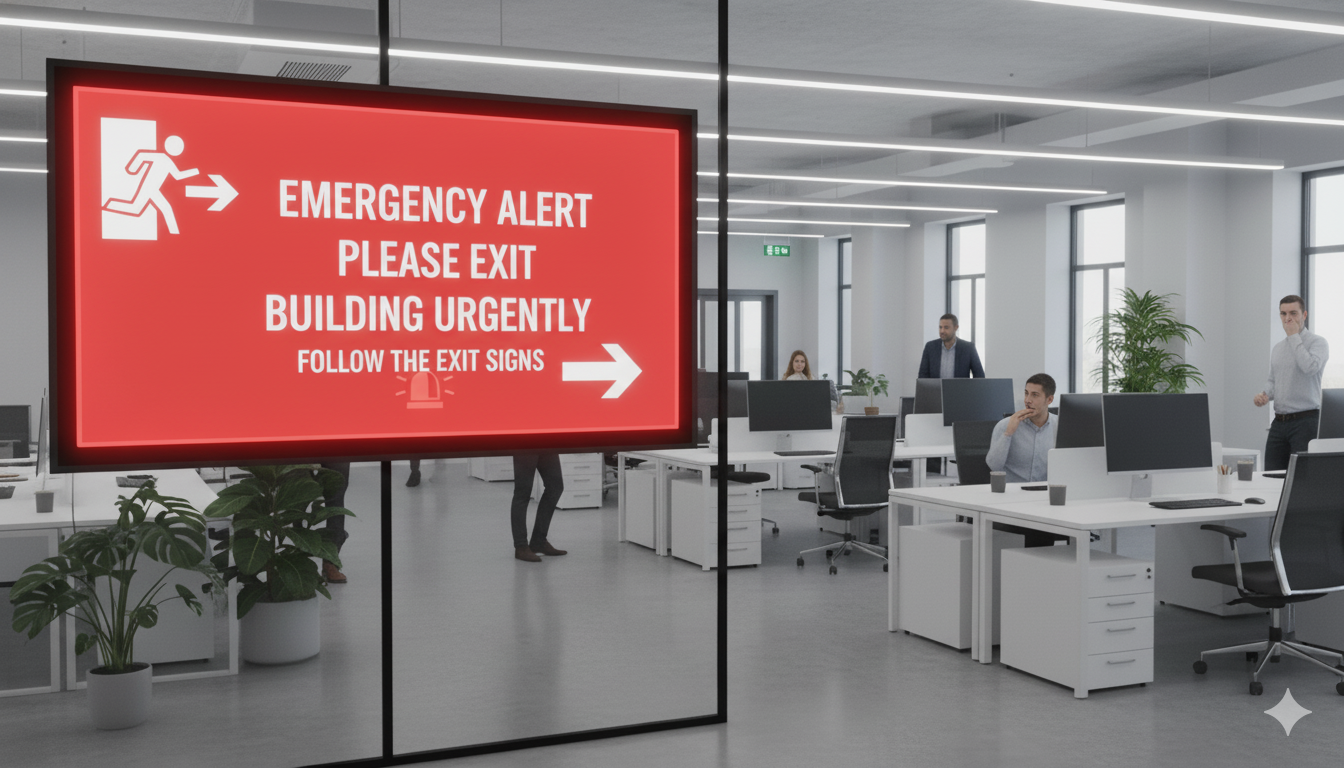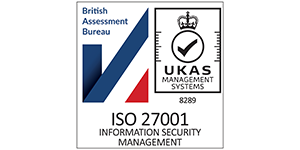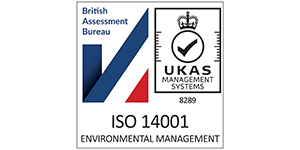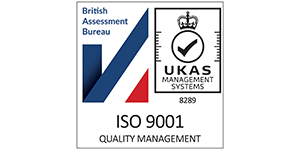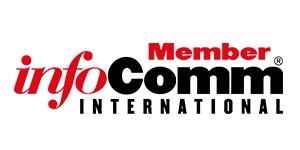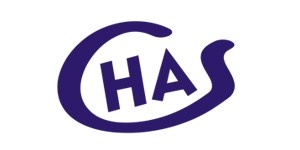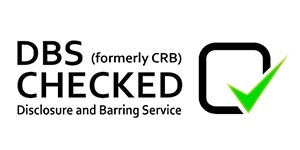This article is part of our comprehensive guide to Martyn's Law. For an overview of the legislation, who it applies to, tier requirements, implementation timelines, and how AV technology can support compliance, see our complete guide to Martyn's Law.
Martyn's Law applies to a broad range of premises, including office buildings, business campuses and co‑working spaces. Corporate landlords and tenants must understand how the Terrorism (Protection of Premises) Act 2025 affects them and what steps to take to comply.
How the tiered system applies to offices
Martyn's Law introduces a tiered approach based on the number of people reasonably expected to be present at the same time:
**Standard tier (200–799 individuals)** – Most office buildings and corporate campuses will fall under this category. Responsible persons must implement appropriate public‑protection procedures, including notifying staff, locking down or evacuating the premises, and communicating during an incident. There is no expectation of installing expensive physical measures for standard‑tier premises (gtlaw.com).
**Enhanced tier (800+ individuals)** – Huge headquarters or multi‑tower campuses may fall into this category. In addition to standard measures, enhanced‑tier premises must document public‑protection procedures and provide them to the regulator (gtlaw.com). They may need to monitor the premises, control entry and movement, and consider physical safety and security measures.
For a detailed comparison of standard and enhanced tier requirements, see our guide: Standard vs. Enhanced Tier: What's the Difference?.
Who is responsible?
The Act defines the responsible person as the individual or entity that has control of the premises (homeofficemedia.blog.gov.uk). In multi‑tenant buildings, both the property owner and the tenants may be accountable for their areas. Businesses occupying a floor or suite within a larger building should work closely with the landlord or building management to ensure compliance across the entire site.
For more information on identifying responsible persons, see our guide: Who Does Martyn's Law Apply To?.
Key steps for corporate premises
1. Conduct risk assessments
Identify potential vulnerabilities in your office layout, such as reception areas, access points, parking garages, atriums and communal facilities. Assess the likelihood and impact of various attack scenarios and prioritise controls. Larger campuses should coordinate assessments across multiple buildings.
2. Develop emergency procedures
Even standard‑tier offices must have clear procedures for evacuation, invacuation and lockdown, along with communication plans. Document these procedures and make sure they are easily accessible to staff. For enhanced‑tier premises, keep records of these procedures for sharing with the regulator (gtlaw.com).
3. Train and empower employees
Provide regular security awareness training covering how to recognise suspicious behaviour, how to initiate a lockdown and where to assemble during an evacuation. Training should include contractors, security guards, cleaners, and anyone else who is regularly on site. Use refresher sessions to keep procedures top‑of‑mind.
4. Coordinate with landlords and neighbouring tenants
Multi‑tenant offices present special challenges. Landlords should coordinate building‑wide drills, share emergency plans and ensure that all tenants understand their responsibilities. Tenants should integrate building‑level procedures into their own plans and communicate with neighbours regarding shared spaces such as lobbies, cafeterias, and parking areas.
5. Leverage AV technology for communication
**Digital signage and PA systems:** Install displays and speakers in lobbies, lift banks and open areas to broadcast emergency instructions. These systems should be integrated with the building's fire alarm and access control systems so messages can be triggered automatically.
**Desktop alerts and mobile notifications:** For distributed or hybrid workforces, use desktop pop-ups and SMS alerts to reach employees who are not in communal spaces. Ensure contact details are up to date.
**Access control and occupancy analytics:** Integrated access systems help track who is on site and can lock doors or restrict movement during an incident. Occupancy sensors can provide data to inform evacuation strategies.
For more information on how AV technology can support Martyn's Law compliance, see our complete guide to Martyn's Law.
6. Engage with local authorities
Corporate security managers should liaise with local police and counter‑terrorism advisors to validate their risk assessments and emergency plans. Large sites may also arrange joint exercises with emergency services.
7. Prepare for the implementation timeline
Martyn's Law received Royal Assent on April 3 2025, and there will be an implementation period of at least 24 months before the Act is enforced (homeofficemedia.blog.gov.uk). Use this time to review your sites, create plans and train staff. Although there is no legal requirement to comply until the Law comes into force, early preparation reduces risk and demonstrates due diligence.
For a detailed implementation timeline and compliance checklist, see our guide: Martyn's Law Implementation Timeline & Compliance Checklist.
Final thoughts
For most corporate premises, Martyn's Law will not require drastic infrastructure changes but will demand planning, documentation and training. By understanding which tier applies, identifying the responsible persons, coordinating with landlords and tenants, and leveraging integrated AV and communication systems, businesses can meet the Law's requirements and enhance the safety of their employees and visitors.
For more comprehensive information about Martyn's Law, including who it applies to, tier requirements, special considerations for education settings, and how AV technology can support compliance, see our complete guide to Martyn's Law.
Strive AV's Martyn's Law Compliance service can help evaluate your existing AV infrastructure, design integrated communication systems, and develop emergency‑alert strategies tailored to your workspace. Reach out to discuss how we can support your Martyn's Law compliance efforts.





